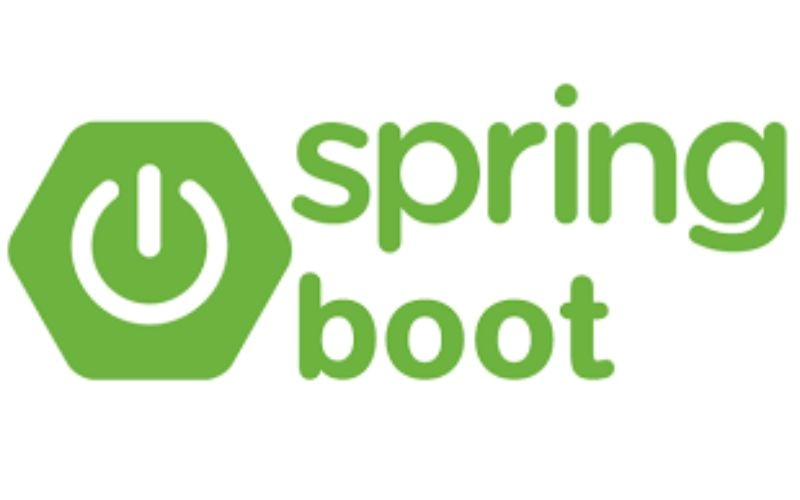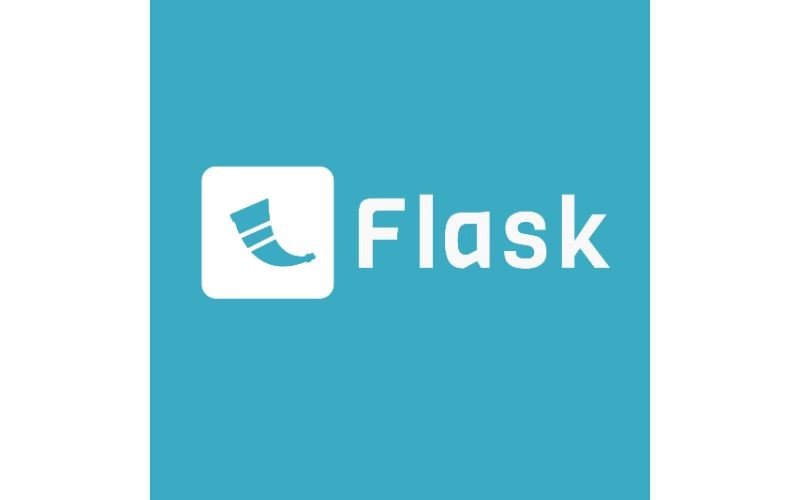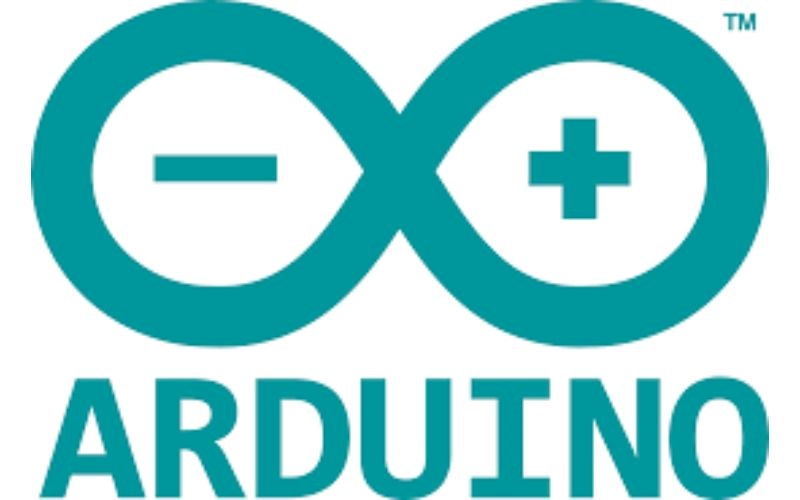Software development programs that have publicly accessible source code are known as open-source projects. Developers who can test, edit, and share the code are encouraged to collaborate and contribute. Transparency, innovation, and knowledge sharing are all supported by open development. Developers can learn from existing code, improve, and use existing frameworks and tools. Developers can manage issues professionally thanks to available projects encouraging a collaborative culture and peer review. These projects are frequently updated on a website that resembles GitHub, where programmers may access the source code, make modifications, and work together.
1. Linux
The most robust open-source operating system kernel is Linux. It provides a reliable and scalable framework for programming across devices. Because its source code is accessible to developers, their changes encourage innovation and continuous improvement in the Linux community.
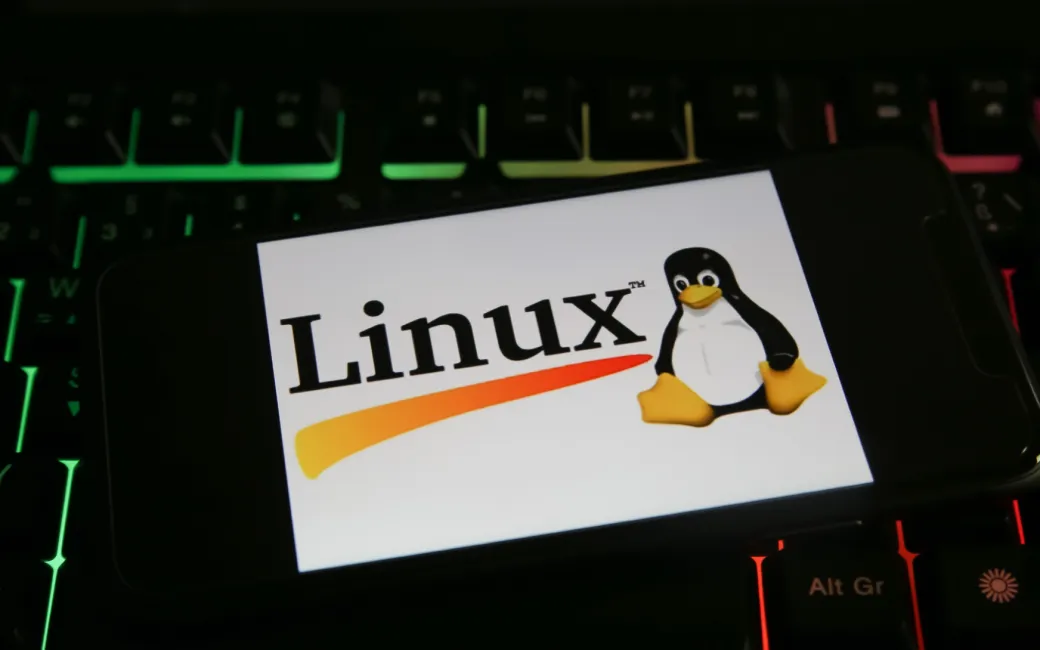
2. Git
Developers can track changes to their source code through a distributed version control system known as Git. It simplifies collaborative software development by providing a simple tool for managing collections, combining principles, and handling conflicts. Git’s potent capabilities and decentralized foundation make it a popular choice for small software projects and lone developers.
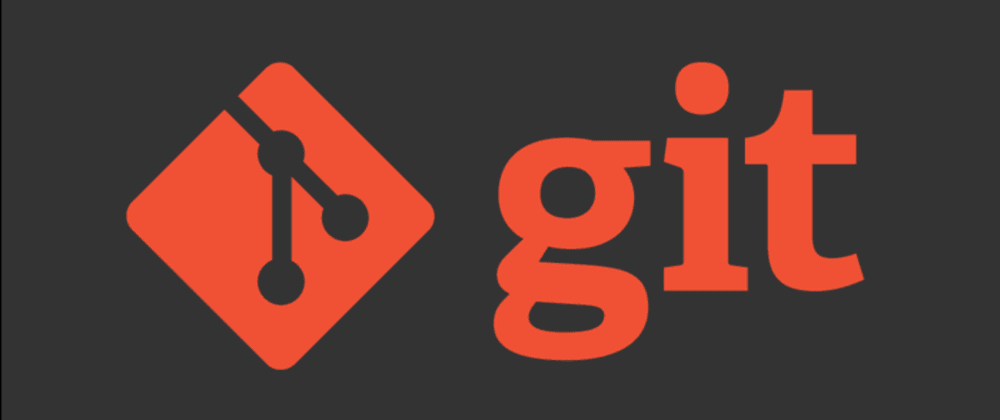
3. Node.js
Node.js is a JavaScript runtime built on top of the V8 JavaScript engine. It enables programmers to execute JavaScript code on the server, which enables them to build scalable and user-friendly online applications. Node.js offers an event-driven, non-blocking I/O model, making it suitable for building real-time applications, microservices, and APIs. Its extensive package ecosystem provides npm with many reusable modules for rapid development.
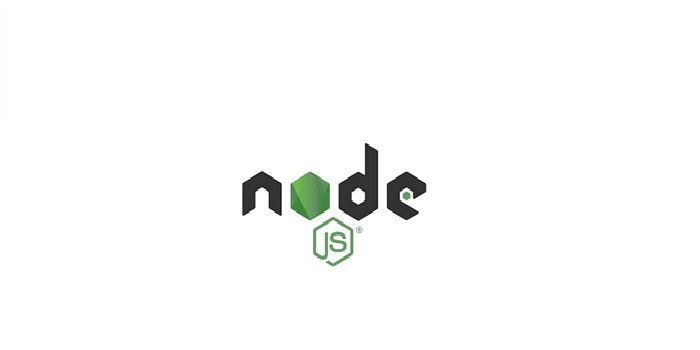
4. React
React is a free JavaScript package for creating user interfaces. It provides efficient updates to the user interface and the creation of reusable UI components when data changes occur. React is fast and efficient thanks to its virtual DOM and component-based architecture. It is a popular choice for creating interactive and dynamic online applications due to its large and vibrant community, offering complete documentation, tutorials, and third-party libraries.
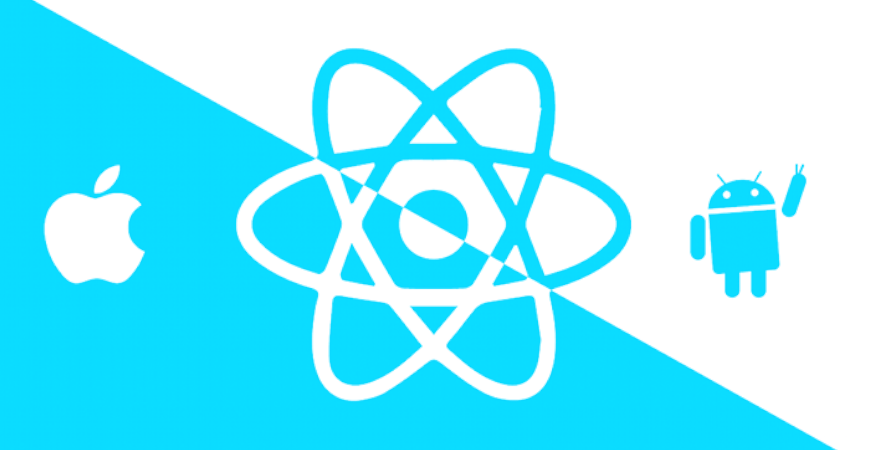
5. TensorFlow
Google developed an open-source machine learning framework called TensorFlow. An entire ecosystem has proposed to implement machine learning models. On embedded and mobile devices, TensorFlow provides a wide range of functionalities, such as shape creation and deep-tissue training. TensorFlow is the go-to machine learning platform for researchers and professionals due to its extensive tools of distributed computing and support.
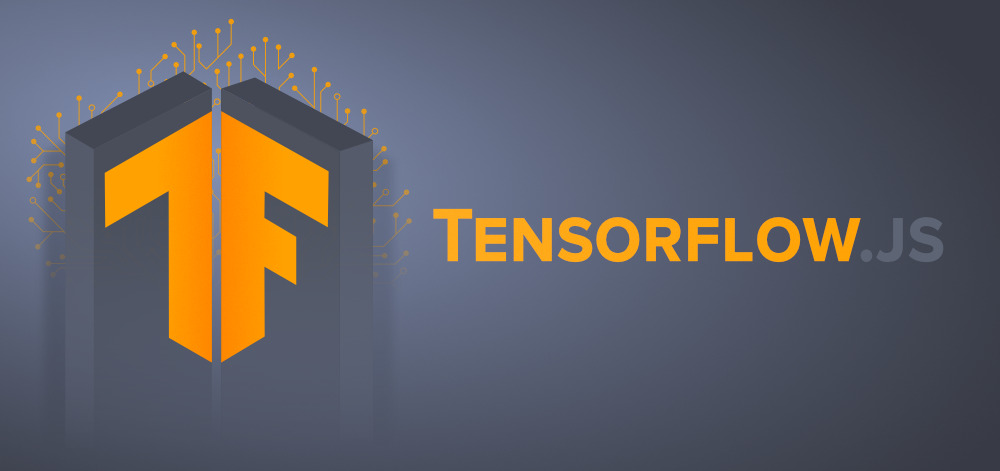
6. Kubernetes
Applications that are containerized are deployed, scaled, and maintained using Kubernetes, an open-source container orchestration system. It provides a flexible and highly flexible configuration for managing molds and operating clusters of devices. Kubernetes makes it easier to scale, scale and deploy applications, making it easier to manage complex microservice infrastructure. The artist’s packaging industry has grown to be the actual benchmark for the sector thanks to its diversity and robust environment.

7. VS Code
The popular open-source code editor Visual Studio Code, generally known as VS Code, was built by Microsoft. It provides a compact but practical environment for software development. VS Code supports many programming languages, which also include code auto and other functions.
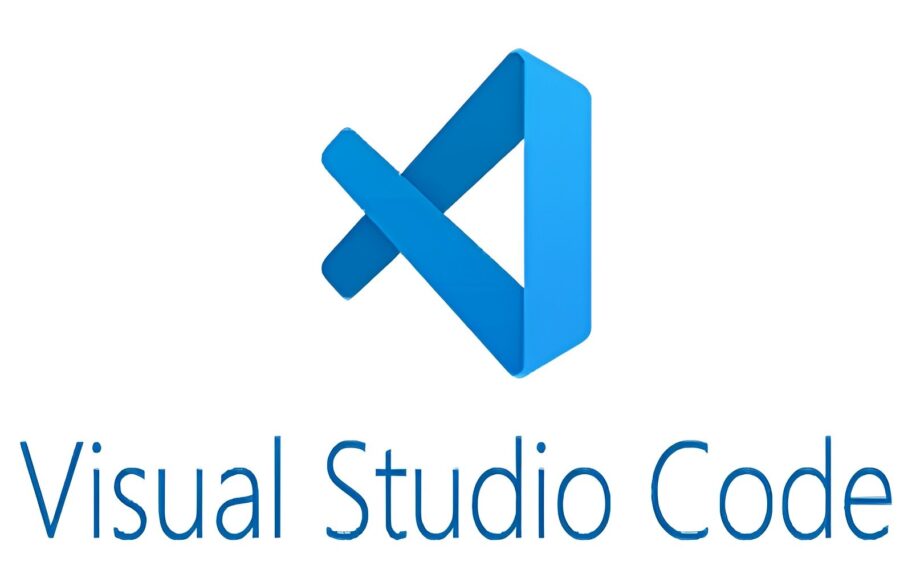
8. PyTorch
PyTorch, an open-source learning platform, is widely used for learning and developing deep knowledge. To build networks, perform automatic classification, and create dynamic statistical visualizations, it offers a simple and user-friendly interface. PyTorch’s user-friendliness, robust community support, and seamless integration with Python science libraries are the main reasons why it is so adored by researchers and practitioners of artificial intelligence.
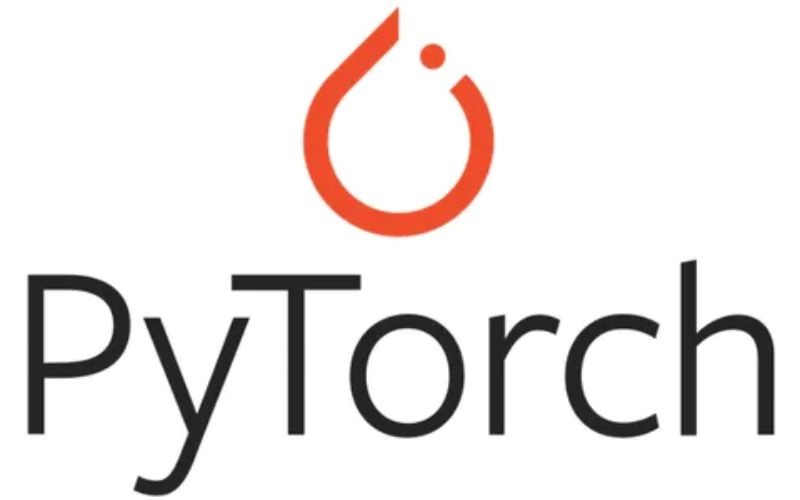
9. WordPress
PHP-based WordPress is an open-source content management system (CMS). It powers a major section of the Internet and offers a user-friendly interface for building and maintaining web pages. With its open nature, dynamic community, and commitment to constant innovation in web development, WordPress’ wide ecosystem of themes and plugins enables developers to build highly adaptable websites, from simple blogs to complex eCommerce platforms.

10. Django
Architecture Using Model-View-Controller (MVC) Django makes use of the high-level Python web framework. It provides a complete tool for building secure and scalable online applications. Object-relation mapping (ORM), URL routing, form handling, and authentication are some of the features Django offers. By emphasizing best practices and battery-filled behavior, Django simplifies the development process and allows developers to build web applications faster.
11. Spring Boot
Spring Boot, an open-source framework, is used to develop enterprise Java applications. It simplifies the development process by providing conceptual rules and auto programming and reducing boilerplate rules. Spring Boot enables programmers to quickly create standalone applications that are ready for production by leveraging the capabilities of the Spring ecosystem. It is a well-loved way to build reliable and scalable enterprise applications in the Java ecosystem because it can leverage dependency injection, data access, security, web services, and more.
12. Pandas
Python Pandas is an open-source tool for data analysis and manipulation. Because of its comprehensive data structure and data analytics capabilities, developers can work with structured data fast. Data cleansing, analysis, transformation, and visualization are among the services Pandas enables. Pandas has established itself as the go-to tool for data scientists and analysts using tabular data in Python due to its simple and efficient API.

13. Flutter
Custom software can be developed using a code base and Google’s open-source Flutter UI framework for desktop, mobile, and web platforms. Developers may design complex and effective applications thanks to the adaptable layout and extensive array of UI components it offers. Flutter provides a fluid development environment with its hot reload capability for speeding up UI development iterations and testing.

14. PyCharm
JetBrains developed PyCharm, an open-source Python integrated development environment (IDE). Python programming provides a feature-rich environment with tools for code maintenance, debugging, code migration, and recompensing. Built-in version control integration, intelligent code termination, and error disclosure in PyCharm improve performance and code quality. PyCharm meets the requirements of both inexperienced and experienced Python developers by supporting a variety of frameworks and libraries.
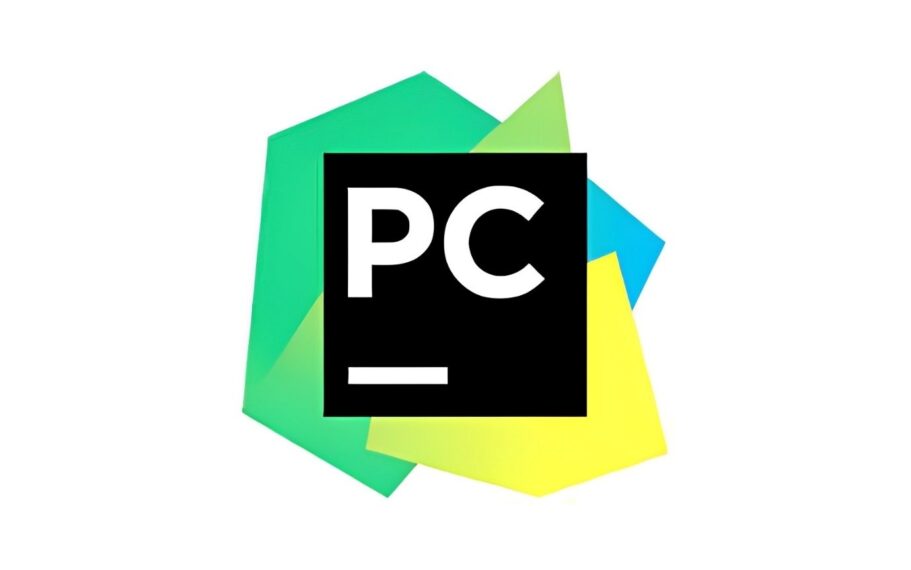
15. Vue.js
The open-source JavaScript framework for building the user interface is called Vue.js. It focuses on the visuals of an application and provides a simple and logical syntax for creating interactive web interfaces. Vue.js combines capabilities like declarative rendering, component-based design, and responsive data binding to make it simple to develop dynamic and responsive apps. Its slow adoption and, a large ecosystem of modules and plugins have helped it gain traction among developers looking for a compact and customizable frontend framework.

16. React Native
React Native is an open-source framework that allows developers to use React and JavaScript to create mobile applications. It saves much time and money by enabling developers to write code only once and distribute it to other platforms, iOS, Android, etc. React Native uses native API components to provide users with its’ its-like native. It is a popular choice for cross-platform mobile app development because of its hot reloading functionality, speed-up development iterations, and its active community, which offers many libraries and tools.
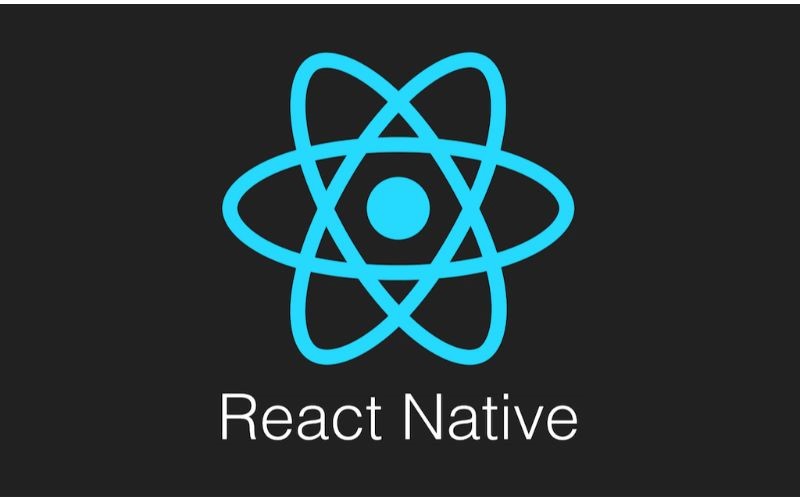
17. Jupyter Notebook
Jupyter Notebook is an open-source web application that enables interactive and analytical data analysis. It allows data scientists and researchers to create and distribute usable notebooks because it contains code, documentation, and visualization in one document. Python, R, and Julia are just a few of the programming languages supported by Jupyter Notebook. Its catalog-based approach encourages collaboration and repeatability, making it a valuable tool for data analysis, modeling, and disseminating research findings.
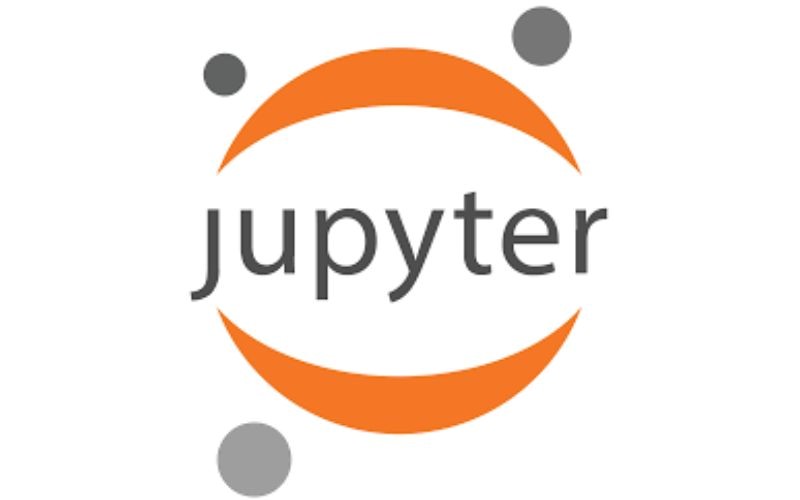
18. Flask
A fast and scalable web framework is called open-source for Python Flask. It provides a simple way to build web applications, allowing developers to focus on a limited number of requirements without adding additional work. Routing, request processing, template rendering, and session management are some of the functionalities provided by Flask. Due to its extensibility and modular design, is used for various applications, from small projects to large complex web applications.
19. Arduino
Using the open-source Arduino electronics platform, programmers can create interactive tasks. It comprises both software and hardware components, such as integrated development (IDE) and microcontroller board. Since Arduino simplifies the process of designing and programming electronic circuits, it is used by both novices and experts. With the support of this larger community, electrical models and IoT (Internet of Things) projects can thrive in a supportive and collaborative environment.
20. Go
Google created the open-source programming language Go, sometimes called Golang. Go’s simplicity, effectiveness, and scalability make it the perfect language for creating high-performance software systems. Go has been adopted in many areas like backend services, network applications, and cloud infrastructure due to its simplicity, quick execution speed, and flexibility. Some of the characteristics that have led to this adoption include robust typing, garbage collection, concurrent programming support, and a standard library with many functions.


